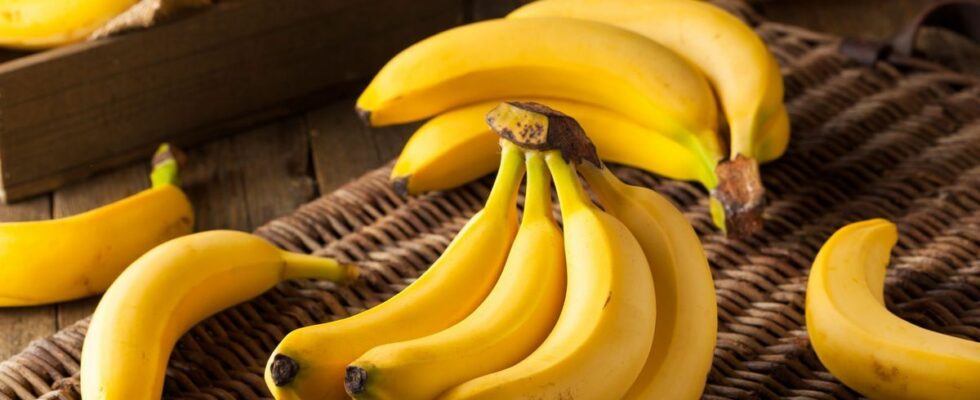Published on
updated on
Reading 2 min.
Biosourced, biodegradable, compostable, with banana leaf or tomato skin: alternatives to petrosourced plastic are developing, especially in food packaging. What is their impact on the environment?
What is biosourced plastic?
Biosourced means made with less oil, with non-fossil agricultural products: sugar cane residue, corn or wheat starch. Used mainly in packaging, these biosourced plastics account for less than 1% of global plastic production.
In labs, discoveries of plastics made from tomato skin or banana leaf are piling up.
The French chemist Arkema is promoting its PBAT, based on castor oil, produced in India, used both for sports shoes and in automotive equipment.
Bananatex, developed by a Swiss brand and Taiwanese partners, offers a textile that biodegrades in industrial composts, based on banana leaves.
But “biosourced does not necessarily mean 100%: in Europe, the minimum required to be considered a biosourced plastic will increase to 60% in January 2025 compared to 50% currently“, warns Christophe Doukhi de Boissoudy, president of the French association of biosourced compostables.
What is a bioplastic?
The generic term “bioplastic” can be confusing, because it can mean biosourced or compostable: the definition varies depending on the country.
But in Europe, the term is defined: a bioplastic is a polymer that is both biosourced and compostable, in the ground or industrially.
Not all bioplastics degrade completely in natural conditions; they sometimes have to be composted industrially at temperatures between 35 and 60°C, like PLA, one of the most developed bioplastics currently used in textiles or plastics. ‘eating.
PLA (polylactic acid) is a polymer which was of fossil origin, and is now developed from fermented plant biomass (corn, beets, etc.) claiming not to leave persistent microplastics in the environment.
“What frightens us is the speed at which China is advancing its legislation to transform its packaging into PLA, in order to abandon petrosourced plastic, while Europe stagnates.“, notes Frederic Van Gansberghe, founder of Futerro, which has a factory in China and will open one in France in 2027.
What is their environmental impact?
The Heinrich Böll Stiftung estimates in its “Plastic Atlas” that bio-sourced plastics are for the most part neither completely biodegradable nor compostable, and “actually just get around the problem“.
For Nathalie Gontard, research director at the National Institute for Agriculture, Food and the Environment (INRAE), “biosourced” plastic, based on natural raw materials, “has absolutely no interest” because these are polymers which do not degrade in natural conditions but fragment into micro and then nano-plastics.
“What is important is biodegradability in natural conditions” she said.
“Biodegradable” is not a well-defined term, since some use it for materials that degrade completely in a few months or years, but others for much longer periods.
Their main environmental interest is based on reducing CO2 emissions from the plastics sector. But be careful:any additional demand for land to grow the raw material for bio-based plastics may lead to land use change or deforestation“, warns the OECD, which would increase CO2 emissions.
“By developing bioplastics, the manufacturing of these materials is placed on agricultural land which must first be used to feed the population.“, insists Pauline Debrabandere, from the NGO Zero Waste.
